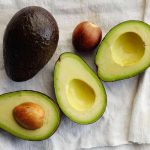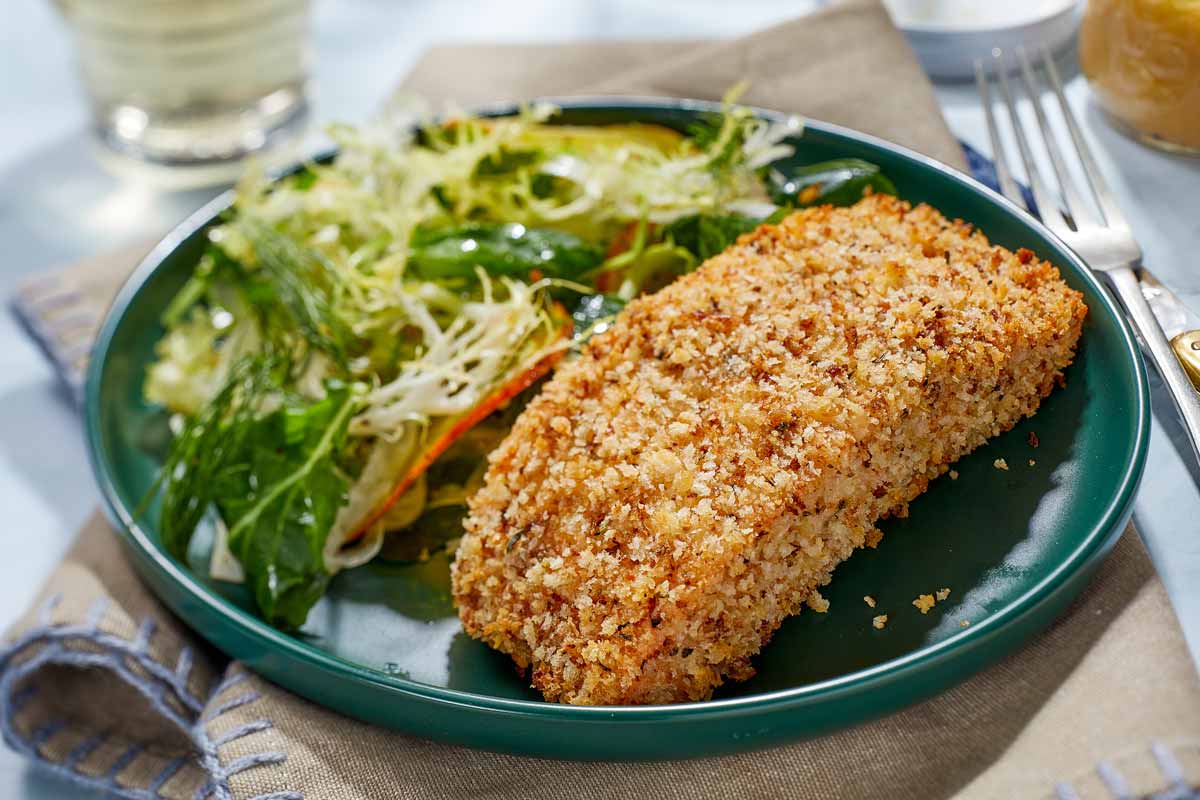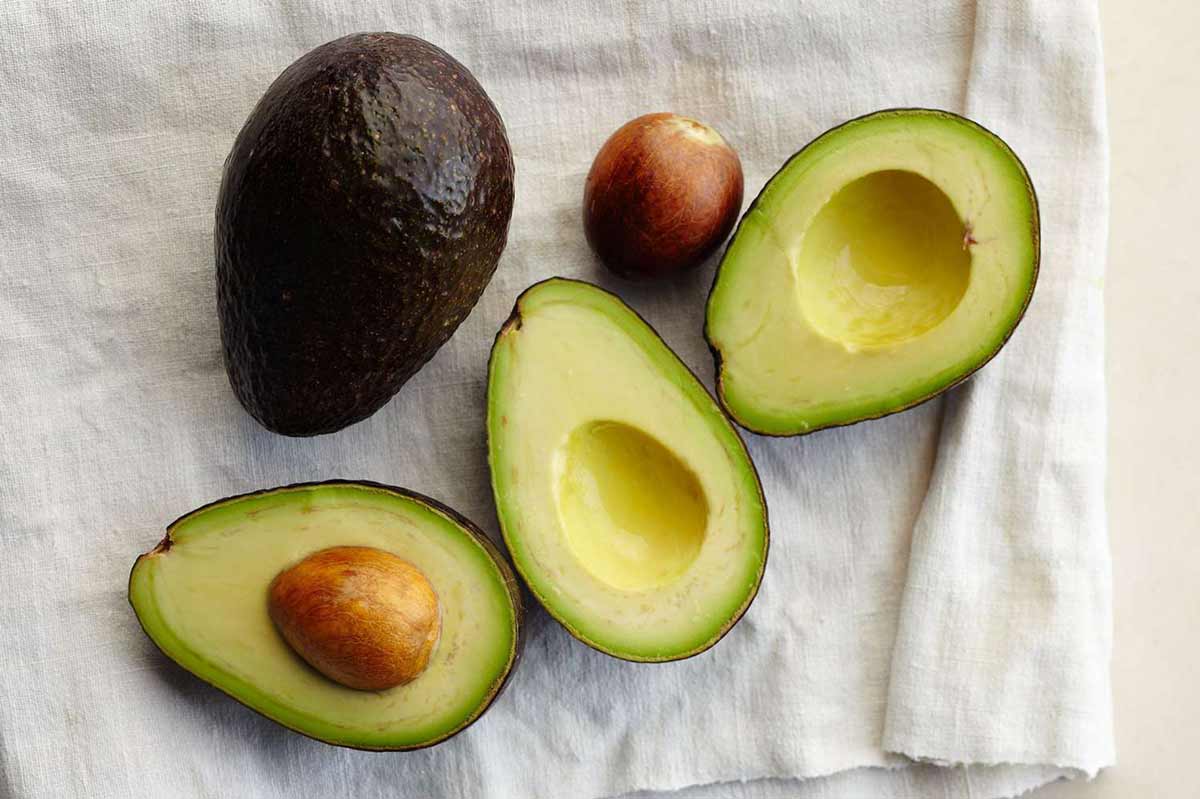Salmon fillet stands out as a remarkable protein-rich food source, offering a plethora of nutritional benefits that contribute to overall well-being. In today’s health-conscious society, understanding the protein content in salmon fillet is paramount for those striving to maintain a balanced and wholesome diet. This article delves deep into the realm of “salmon fillet protein,” shedding light on its nutritional profile and underscoring its significance in the pursuit of optimal health.
By exploring the protein content of salmon fillet, individuals gain valuable insights into a vital component of their dietary intake. Whether you’re an athlete seeking to enhance muscle recovery, a health enthusiast aiming for sustained energy levels, or simply someone committed to making informed food choices, comprehending the protein richness of salmon fillet is key.
Join us on a journey through the nutritional landscape of salmon fillet protein, as we uncover its role in supporting muscle health, promoting satiety, and fueling an active lifestyle. Let’s embark on this exploration together, as we unravel the secrets of salmon fillet protein and its profound impact on our health and well-being.
Table of Contents
how much protein is in a salmon fillet?
Salmon fillet emerges as an exceptional protein powerhouse, boasting a rich reservoir of essential amino acids vital for various bodily functions. When delving into the realm of “salmon fillet protein” it becomes evident that this delectable fish offers much more than just exquisite taste—it’s a nutritional goldmine.
In a standard serving size of salmon fillet, typically around 100 grams, you’ll find a generous serving of protein. This macronutrient, essential for muscle repair, metabolism, and overall growth and development, is abundant in every succulent bite of salmon fillet.
The protein content in salmon fillet can vary slightly depending on factors such as the specific species of salmon, the cut of the fillet, and the method of preparation. However, on average, a 100-gram serving of salmon fillet provides an impressive amount of protein, making it an excellent choice for individuals seeking to meet their daily protein requirements.
Whether grilled, baked, or pan-seared, salmon fillet retains its protein-rich goodness, making it a versatile option for culinary creations. Even with the skin intact, salmon fillet remains a stellar source of protein, offering a delectable combination of flavor and nutrition.
As you explore the myriad ways to enjoy salmon fillet, remember to prioritize its protein content, harnessing its nutritional benefits to fuel your body and elevate your health. With “salmon fillet protein” at the forefront of your dietary considerations, you can savor each mouthwatering morsel knowing that you’re nourishing your body with a potent source of protein and vitality.
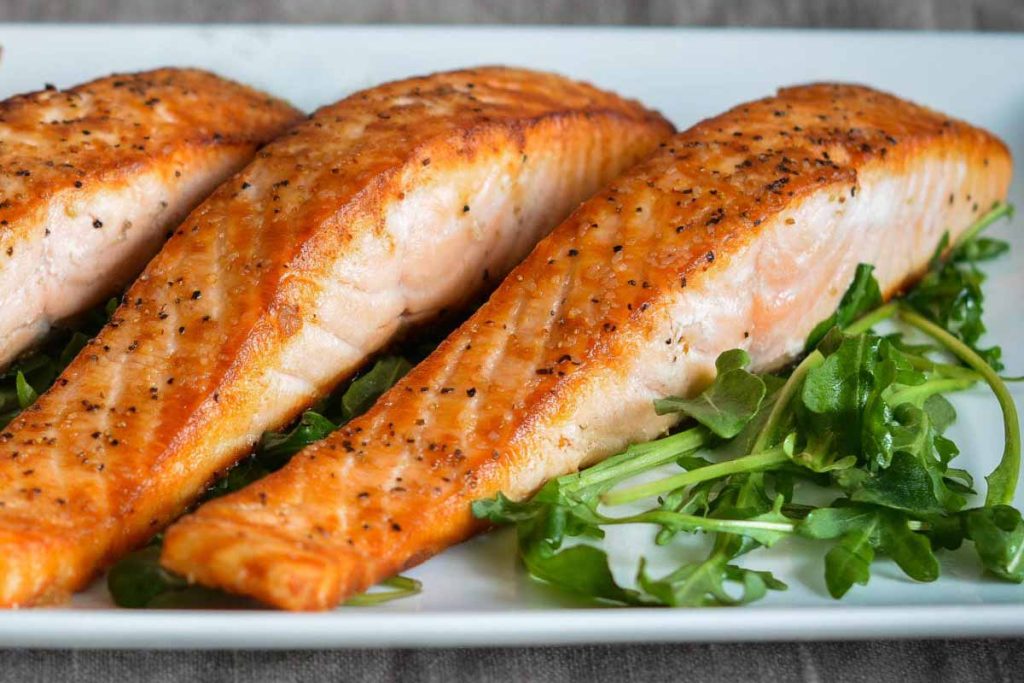
Salmon Fillet Calories
In addition to being a protein powerhouse, salmon fillet also offers a balanced array of calories, making it an integral component of calorie-conscious diets. Understanding the calorie content in salmon fillet is crucial for individuals striving to maintain optimal energy levels while managing their overall calorie intake.
A 100-gram serving of salmon fillet typically contains a moderate amount of calories, providing a satisfying source of energy without tipping the scales. Whether you’re tracking your daily calorie consumption or simply mindful of maintaining a healthy balance, incorporating salmon fillet into your meals can be a smart choice.
When comparing the calorie count between cooked salmon fillet and fillet with skin, variations may arise. Cooking methods, such as grilling, baking, or broiling, can affect the overall calorie content of the salmon fillet. Additionally, the presence of skin may slightly increase the calorie density, although it also adds valuable nutrients and enhances flavor.
By strategically integrating the keyword “salmon fillet protein” into discussions about calorie content, we underscore the nutritional synergy present in this delectable fish. Each calorie derived from salmon fillet not only fuels the body but also contributes to its protein needs, supporting muscle maintenance, repair, and overall well-being.
As you navigate the realm of “salmon fillet protein” and calories, remember to view salmon fillet as a holistic nutritional package—a source of both protein and energy that can be savored as part of a balanced diet. Whether enjoyed as a main dish or incorporated into salads, wraps, or stir-fries, salmon fillet offers a delicious and nutritious way to fuel your body and nourish your soul.
Protein Comparison: Salmon vs. Chicken:
When comparing the protein quality and nutritional benefits of salmon fillet to chicken, it becomes apparent that “salmon fillet protein” offers a unique advantage in terms of its nutritional profile.
Salmon fillet is not only a rich source of high-quality protein but also contains significant amounts of omega-3 fatty acids, specifically EPA and DHA. These fatty acids are known for their anti-inflammatory properties and numerous health benefits, including supporting heart health and cognitive function.
In addition to protein and omega-3 fatty acids, “salmon fillet protein” provides essential vitamins and minerals, including vitamin D, vitamin B12, selenium, and potassium, which are vital for overall health and well-being.
While chicken is a popular protein choice, it often lacks the omega-3 fatty acids and micronutrients found in “salmon fillet protein”. Concerns regarding the sourcing and processing of chicken, such as antibiotic use and animal welfare, have led many individuals to explore alternative protein sources like salmon fillet, which offer both nutritional excellence and sustainability.
In summary, while both salmon fillet and chicken are valuable protein sources, the unique nutritional benefits of “salmon fillet protein” elevate it as a superior choice for those seeking a well-rounded and nutritious diet. Incorporating salmon fillet into your meals not only boosts your protein intake but also provides essential nutrients for overall health and vitality.
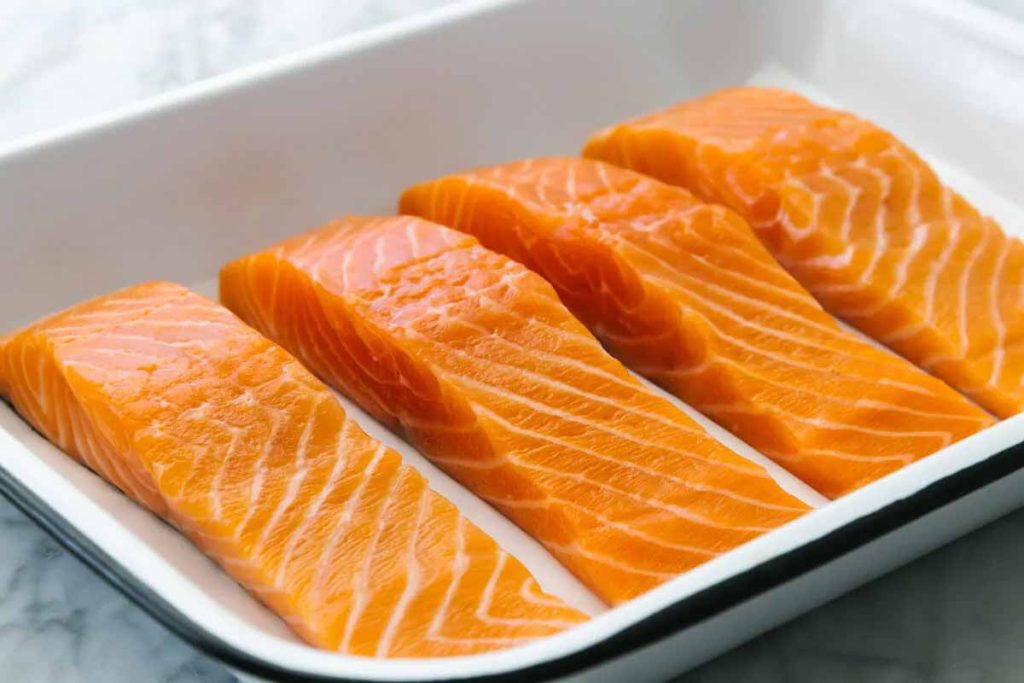
Health Benefits of salmon fillet protein
Incorporating “salmon fillet protein” into your diet offers a wide array of health benefits, thanks to its rich nutritional profile, particularly its omega-3 fatty acid content.
Salmon fillet is renowned for its high levels of omega-3 fatty acids, particularly EPA (eicosapentaenoic acid) and DHA (docosahexaenoic acid). These essential fatty acids play a crucial role in promoting heart health by reducing inflammation, lowering blood pressure, and decreasing the risk of cardiovascular diseases such as heart attacks and strokes.
Moreover, omega-3 fatty acids are known to support brain health and cognitive function, making salmon fillet a valuable addition to diets aimed at maintaining mental acuity and reducing the risk of age-related cognitive decline.
In addition to its omega-3 fatty acid content, salmon fillet is a rich source of protein, essential vitamins, and minerals. It provides significant amounts of vitamin D, vitamin B12, selenium, and potassium, all of which contribute to overall health and well-being.
Regular consumption of “salmon fillet protein” has also been associated with other health benefits, including improved eye health, reduced inflammation in conditions such as arthritis, and even potential protection against certain types of cancer.
By incorporating salmon fillet into your meals on a regular basis, you can not only enjoy its delicious flavor but also reap the numerous health benefits it offers. Whether grilled, baked, or pan-seared, salmon fillet provides a tasty and nutritious option for supporting your overall health and vitality.
must read: 10 dinners to lose weight
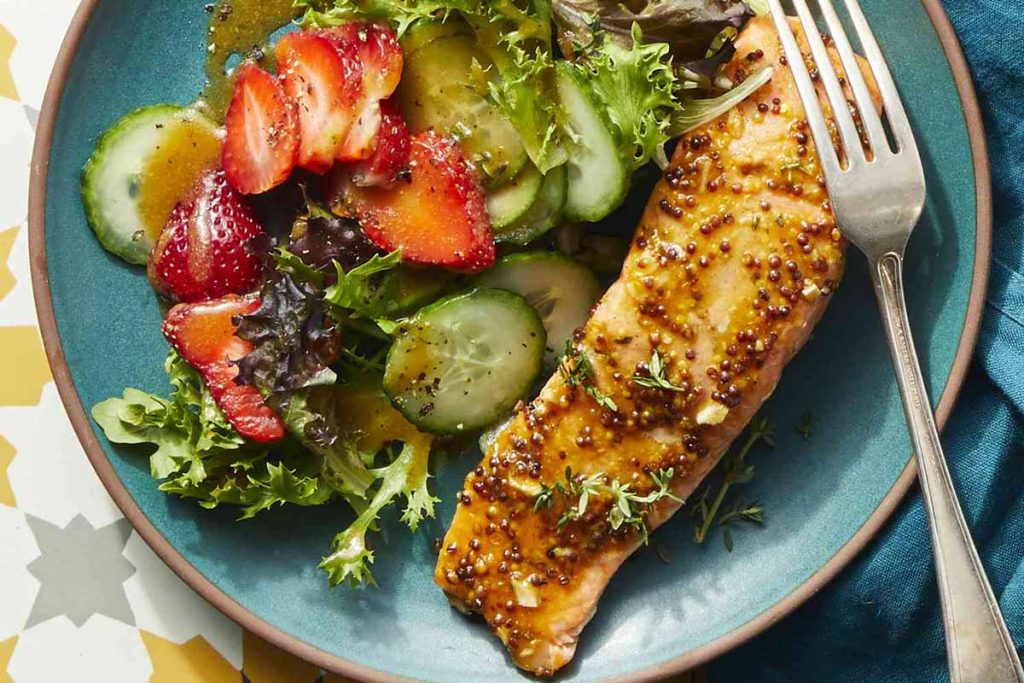
Cooking Tips and Recipes
Salmon fillet offers a versatile canvas for culinary creativity, allowing you to enjoy its protein-rich goodness in a myriad of delicious dishes. Here are some practical cooking tips to help you make the most of your salmon fillet while maximizing its protein content. Whether grilled, baked, or pan-seared, incorporating “salmon fillet protein” into your meals ensures a nutritious and flavorful dining experience.
Cooking Tips:
- Opt for Simple Preparations: Keep it simple to preserve the natural flavor and protein content of salmon fillet. Grilling, baking, or broiling are excellent methods that require minimal seasoning and allow the salmon’s inherent richness to shine through.
- Don’t Overcook: Salmon fillet cooks quickly, so be cautious not to overcook it, as this can result in dry and less flavorful fish. Aim for moist and flaky texture by cooking until the flesh is opaque and easily flakes with a fork.
- Season Strategically: Enhance the natural flavor of salmon fillet with complementary seasonings such as lemon, garlic, dill, or herbs like rosemary and thyme. A simple marinade of olive oil, lemon juice, and herbs can infuse the salmon with irresistible flavor.
- Experiment with Different Cooking Methods: Explore various cooking methods to keep things exciting. Try poaching salmon in broth or wine for a tender and flavorful result, or pan-sear salmon fillet for a crispy exterior and moist interior.
Protein-Rich Salmon Recipes
- Grilled Lemon Herb Salmon: Marinate salmon fillet in a mixture of lemon juice, olive oil, garlic, and fresh herbs like parsley and dill. Grill over medium heat until cooked through, then serve with a squeeze of fresh lemon juice.
- Baked Honey Garlic Salmon: Combine honey, soy sauce, minced garlic, and a splash of lemon juice to create a sweet and savory glaze. Coat salmon fillet with the glaze and bake until caramelized and flaky.
- Salmon and Quinoa Salad: Cook quinoa according to package instructions and let cool. Toss with diced cucumber, cherry tomatoes, red onion, and cooked salmon flakes. Drizzle with a simple vinaigrette made from olive oil, lemon juice, and Dijon mustard for a protein-packed salad.
- Salmon Tacos with Avocado Salsa: Season salmon fillet with taco seasoning and grill until cooked. Flake the salmon and serve in warm tortillas topped with a refreshing avocado salsa made from diced avocado, tomato, red onion, cilantro, and lime juice.
- Salmon and Vegetable Stir-Fry: Stir-fry salmon fillet strips with your favorite vegetables such as bell peppers, snap peas, and broccoli. Season with soy sauce, ginger, and garlic for a quick and nutritious meal served over brown rice or quinoa.
By incorporating these cooking tips and recipes into your repertoire, you can enjoy the protein-rich goodness of salmon fillet in a variety of delicious and nutritious ways, satisfying your taste buds and nourishing your body at the same time.
Conclusion:
In conclusion, salmon fillet emerges as a nutritional powerhouse, offering a wealth of benefits that make it a standout choice for those seeking a protein-packed and nutritious addition to their diet. Throughout this article, we’ve explored the various facets of “salmon fillet protein” and its impact on overall health and well-being.
Salmon fillet not only provides a substantial amount of high-quality protein but also delivers essential omega-3 fatty acids, vitamins, and minerals that support heart health, brain function, and overall vitality. Its versatility in the kitchen allows for endless culinary possibilities, from simple grilled preparations to flavorful marinades and creative recipe creations.
As we wrap up our discussion on the health benefits of salmon fillet, it’s clear that prioritizing this nutrient-dense food in your diet can lead to numerous positive outcomes. Whether you’re looking to build muscle, support cardiovascular health, or simply enjoy delicious and nutritious meals, salmon fillet is an excellent choice.
Therefore, I encourage you to make salmon fillet a cornerstone of your dietary plans, reaping the multitude of benefits it has to offer. By incorporating “salmon fillet protein” into your meals on a regular basis, you not only nourish your body with essential nutrients but also indulge in the savory delights of this remarkable fish.
So, next time you’re planning your meals, remember to include salmon fillet for a protein-packed and delicious dining experience that promotes health and wellness from the inside out. Here’s to embracing the power of salmon fillet and savoring its many benefits for years to come.



